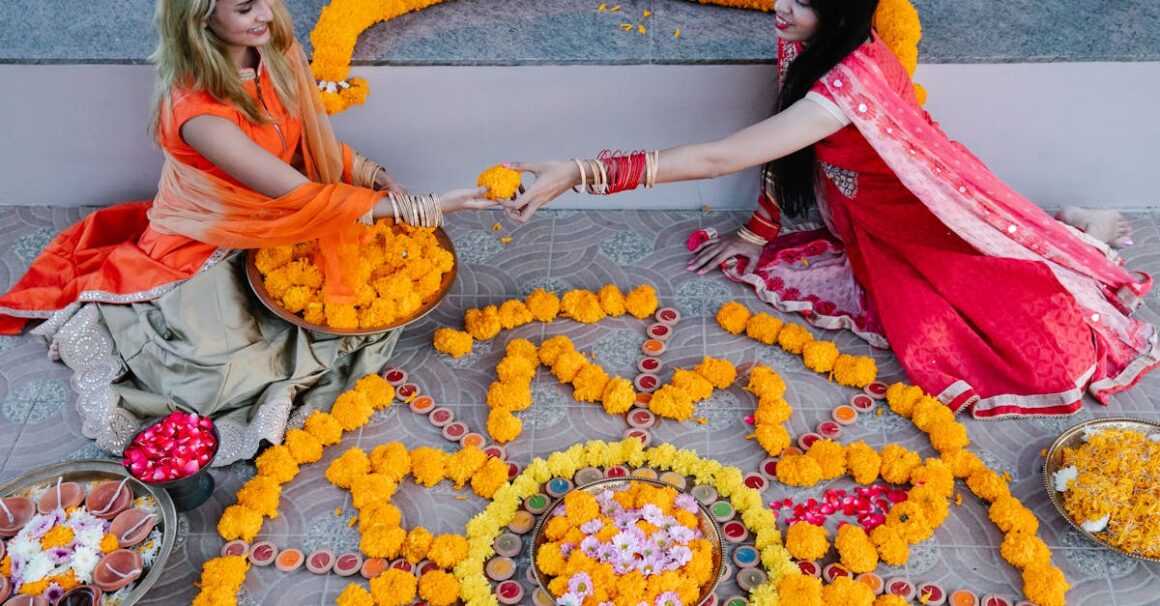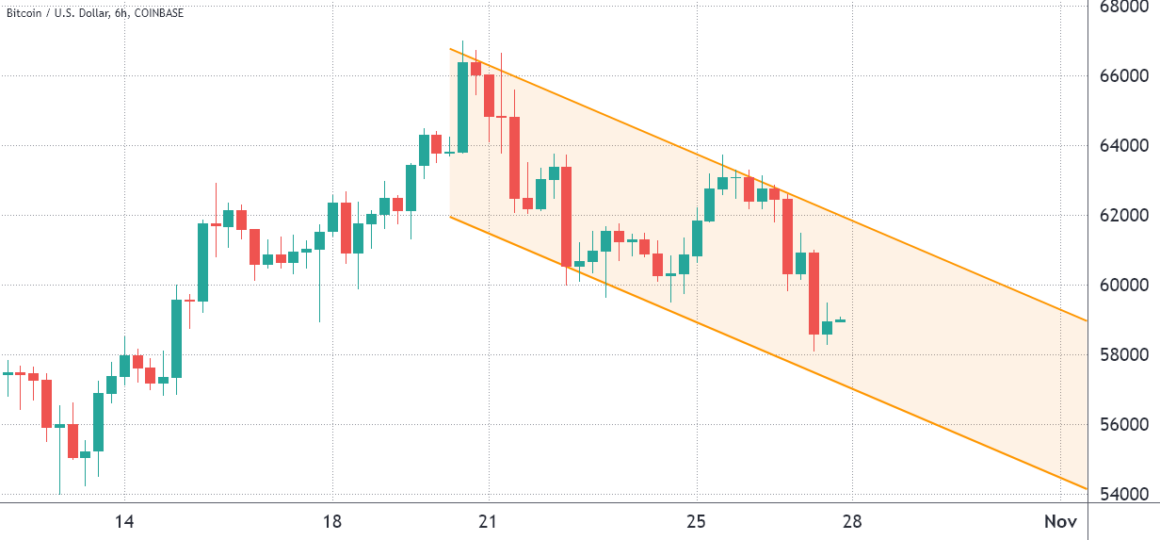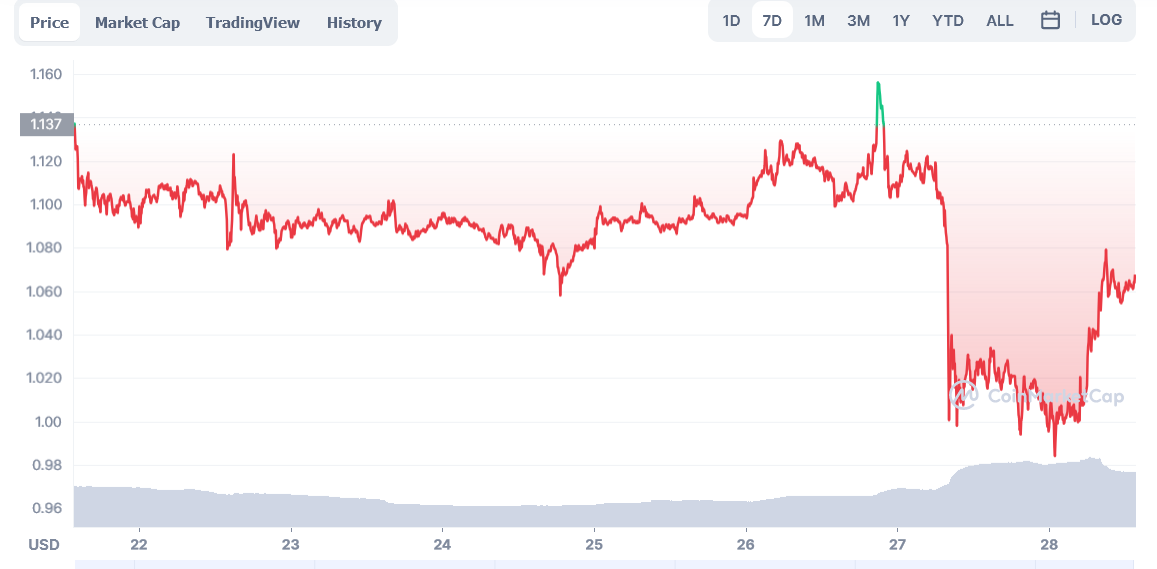Diwali celebrations illuminate homes with vibrant colors and intricate designs, and freehand rangoli stands as a cherished tradition during this festival of lights. These beautiful floor decorations made with colored powders showcase artistic expression and cultural significance that’s been passed down through generations.
Creating freehand rangoli patterns requires skill, patience and a keen eye for symmetry. Unlike pre-made stencils or templates these designs flow naturally from the artist’s imagination allowing for unlimited creative possibilities. During Diwali families gather to craft these colorful masterpieces at their doorsteps welcoming Goddess Lakshmi and spreading joy throughout their communities.
Freehand:ao78v3vkgvs= Diwali Rangoli
Freehand Diwali rangoli represents a traditional Indian art form where artists create intricate floor patterns without using stencils or pre-drawn outlines. The designs flow directly from the artist’s hands using colored powder, rice flour or flower petals in geometric shapes, floral patterns or religious symbols.
Key characteristics of freehand rangoli include:
- Direct powder application using finger control
- Symmetrical pattern formation from center outward
- Continuous flowing lines without breaks
- Free-form artistic interpretation of traditional motifs
Common freehand rangoli elements:
- Lotus flowers with 8-12 petals
- Circular mandala patterns
- Curved peacock designs
- Interlinked geometric shapes
- Swastika symbols for good fortune
The creative process involves:
- Clearing the floor surface
- Marking the center point
- Creating guidelines with white powder
- Adding colored sections systematically
- Incorporating detail work last
| Material Type | Usage Purpose | Typical Colors |
|---|---|---|
| Rice Flour | Base design | White |
| Sand | Filling | Natural |
| Dry Colors | Main pattern | Red, Yellow, Green |
| Flower petals | Decoration | Orange, Pink |
Artists develop distinct techniques for controlling powder flow through their fingers while maintaining steady hand movements to achieve clean lines. The finished designs measure between 2-6 feet in diameter depending on available space at entrances or courtyards.
Essential Materials for Creating Freehand Rangoli
Creating freehand Diwali rangoli requires specific materials that ensure precise powder distribution and vibrant color application. The following components form the foundation for crafting traditional rangoli designs.
Basic Tools and Colors
- Rangoli powder in 5-8 basic colors (white, red, yellow, green, blue)
- Fine-mesh sieves for controlled powder distribution
- Small metal funnels with 2-3mm openings
- Aluminum containers for powder storage
- Cotton swabs for detail work
- Dry brushes in 3 sizes (small, medium, large)
- Traditional white stone powder (sunni) for base designs
- Natural color alternatives (rice flour, turmeric, vermillion)
- Flat stone or cement surface
- Cleaning materials (broom, cloth, water)
- Dry cotton cloth for surface absorption
- Level measurement tool
- Chalk or white powder for marking points
- Base powder (white stone powder or rice flour)
- Anti-slip coating material
- Small measuring tape or ruler
| Material Type | Minimum Quantity | Coverage Area |
|---|---|---|
| Base Powder | 500g | 4×4 feet |
| Color Powder | 100g each | Per color section |
| Stone Powder | 250g | Initial outline |
| Rice Flour | 200g | Basic patterns |
Popular Freehand Rangoli Patterns for Diwali
Freehand rangoli patterns showcase artistic creativity through intricate designs drawn directly on the floor. These traditional patterns combine sacred symbols with decorative elements to create stunning Diwali decorations.
Traditional Geometric Designs
Traditional geometric rangoli patterns incorporate interconnected shapes like triangles squares circles into symmetrical formations. The designs feature:
- Swastika patterns with four equal arms representing good fortune
- Eight-pointed star formations symbolizing abundance
- Concentric circles radiating from a central point
- Dotted grid patterns with 5×5 7×7 or 9×9 points
- Diamond shapes connected by curved lines
- Hexagonal networks filled with detailed patterns
These geometric patterns incorporate specific measurements:
| Pattern Type | Typical Size | Points Required |
|---|---|---|
| Basic Star | 2-3 feet | 24-32 points |
| Grid Based | 3-4 feet | 49-81 points |
| Concentric | 4-5 feet | 16-24 circles |
Floral Motifs and Patterns
Floral rangoli designs celebrate nature through stylized flower representations. Common elements include:
- Lotus flowers with 8-16 symmetrical petals
- Marigold patterns using orange yellow powders
- Rose designs with spiral petal arrangements
- Lily motifs featuring pointed petals curves
- Vine borders with continuous leaf patterns
- Sunflower formations with detailed centers
| Floral Element | Size Range | Color Layers |
|---|---|---|
| Lotus Design | 2-3 feet | 3-4 layers |
| Border Patterns | 4-6 inches | 2-3 colors |
| Center Flowers | 1-2 feet | 4-5 shades |
Step-by-Step Guide to Drawing Freehand Rangoli
Freehand rangoli creation follows a systematic process that builds from basic shapes to intricate details. This guide breaks down the essential techniques for crafting traditional Diwali rangoli patterns without stencils or guides.
Basic Pattern Techniques
- Start with a clean, dry floor surface
- Mark the center point using white powder
- Draw 4-8 equidistant dots around the center at 6-inch intervals
- Connect dots with straight lines or curved patterns
- Create symmetrical sections using finger-pinch powder control
- Establish border boundaries using continuous flowing lines
- Fill main geometric shapes with parallel lines
- Add circular patterns using wrist rotation technique
- Layer triangular elements from center outward
- Apply base colors in larger sections first
- White for borders
- Yellow for central motifs
- Red for accent patterns
- Create gradient effects
- Layer light colors before dark
- Blend adjacent colors at intersections
- Use cotton swabs for precise transitions
- Add decorative elements
- Dots in contrasting colors
- Petal formations around borders
- Geometric fill patterns
- Enhance with embellishments
- Place diyas at key points
- Sprinkle flower petals
- Add metallic accents
- Fine-tune details
- Clean edges with dry brush
- Fill gaps with matching colors
- Balance color distribution
Tips for Perfecting Your Freehand Rangoli Art
Master Powder Control
- Hold the powder container at a 45-degree angle for consistent flow
- Maintain steady hand movement to create smooth continuous lines
- Practice lifting fingers gradually to control powder thickness
- Keep wrists relaxed to prevent shaky lines or uneven distribution
Color Transitions
- Start with lighter shades in the center moving outward to darker hues
- Layer colors from the bottom up to prevent mixing
- Create gradients using 3-4 similar shades in sequence
- Leave 1/4 inch space between different colored sections
Design Symmetry
- Mark reference points at equal distances from the center
- Divide the space into 4 or 8 equal sections using chalk lines
- Complete one section fully before moving to the next
- Mirror patterns across diagonal lines for perfect balance
Common Mistake Prevention
- Clean spills immediately using a dry brush
- Apply powder in small quantities to avoid overflow
- Test powder flow on a separate surface first
- Keep extra powder ready for touch-ups
Environmental Considerations
- Choose indoor locations during windy conditions
- Maintain 2-3 feet distance from walls or furniture
- Create rangoli during dry weather for better adhesion
- Position away from foot traffic or doorways
Pattern Enhancement
- Add dots at intersection points for definition
- Create border designs using contrasting colors
- Incorporate small geometric shapes between main elements
- Use white powder to highlight key design features
- Photograph the design before adding decorative elements
- Keep water sprinkler nearby to settle the powder
- Apply powder in thin layers for longer lasting designs
- Store unused powder in airtight containers for future use
Freehand Diwali rangoli stands as a testament to India’s rich artistic heritage and spiritual traditions. This beautiful art form transforms homes into vibrant sanctuaries during the festival while fostering community bonds and creative expression.
Creating these intricate designs demands dedication practice and an understanding of traditional patterns and techniques. With the right materials proper preparation and attention to detail anyone can master this timeless art form.
The joy of crafting freehand rangoli lies not just in the final masterpiece but in the meditative process of bringing cultural symbols to life. It’s a practice that continues to enchant generations making every Diwali celebration more colorful and meaningful.
Our Founder and Chief Enthusiast: With a background that’s a wild mix of tech enthusiasm, finance, and a short stint believing blockchain was a new martial arts technique, Matej is the heart and soul of TheBlockchainBrief.com. He’s got more passion for cryptocurrency than most people have for coffee, and that’s saying something.



